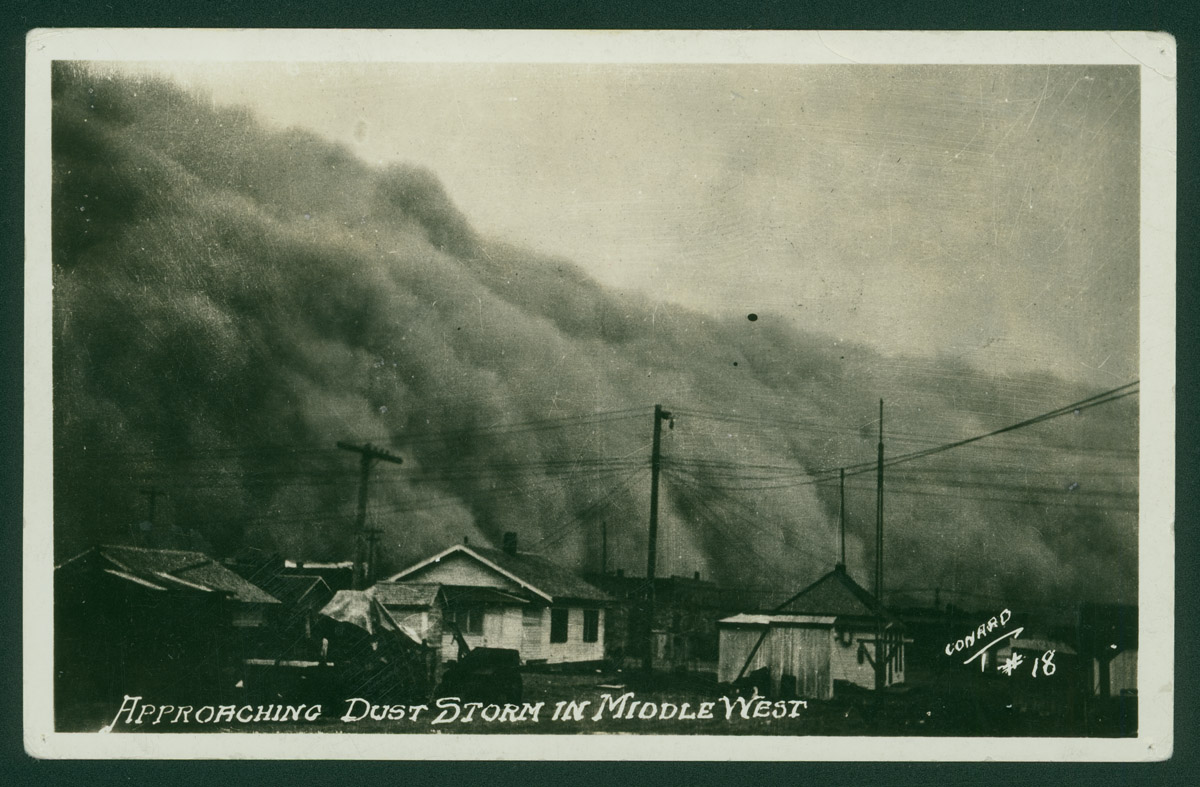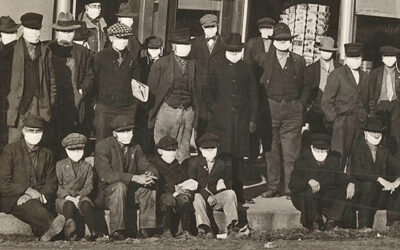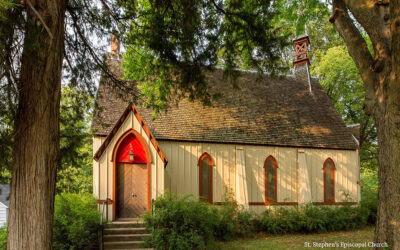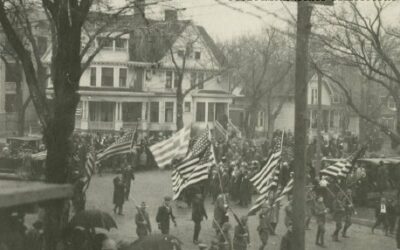
During the 1930s, Nebraska suffered one of the most serious droughts in its history. In all parts of the state, rainfall was far below normal. The dry powdered soil began to blow, and as dust storms obscured the sun, parts of Nebraska and the Great Plains became “the Dust Bowl.” The Hastings Daily Tribune on Saturday, March 16, 1935, reported a severe dust storm in that locality climaxed by snow-an event considered worthy of note even in a state known for the unpredictability of its weather.
The Tribune said: “Snow came to this region today in the wake of the worst dust storm in years and climaxed a period of weather which ran the gamut of typical March offerings. The snow was falling throughout central and eastern Nebraska and obligingly obliterated the unsightly piles of dust heaped up by a 60-mile-an-hour gale which struck with tornadic fury Friday night. West of North Platte, in the panhandle region where Friday’s dust storm originated, the weather started clearing this morning. Clear weather is predicted for the weekend.
“Hastings people felt the vagaries of March in a quick succession of changes which brought a temperature drop of 68 degrees from a high of 86 Friday afternoon. The high mark was reached at 5 p.m., and was the highest reading for this season of the year on record at the Hastings College weather station. At 7:50 p.m., the dust storm struck. The temperature started downward immediately and went below the freezing point shortly after midnight when flying snowflakes began replacing the flying dirt particles. The low was 18 degrees.
“Dust clouds appeared over this region several hours before the storm actually struck. The dirt particles, swept up from the dry wheat fields of western Nebraska, apparently were carried into this region by a wind which did not extend down to the earth’s surface. The dust screen made the sun appear as a huge red ball as it neared the horizon.
“The high wind struck at 7:50 with a fury and suddenness which sent many Hastings residents hurrying to their basements as they recalled their experiences in 1930 when a tornado struck the city. Automobiles parked at right angles to the direction of the wind swayed on their springs. Machines lined up with the wind were sent rolling along downtown streets. Plate glass windows creaked, signs swung dizzily and dry branches were blown from trees. Pedestrians were blinded and choked by the swirling dust and quickly ran to cover.” Housewives struggled to cope with the dust that seeped into their homes and coated carpets, furniture, and curtains.
“The snow brought relief not only from the dust but also from the unseasonal heat of Thursday and Friday. About as many complaints were heard against the 86-degree temperatures Friday as one would expect to hear in the summer when the mercury is ranging between 95 and 100 degrees.”



